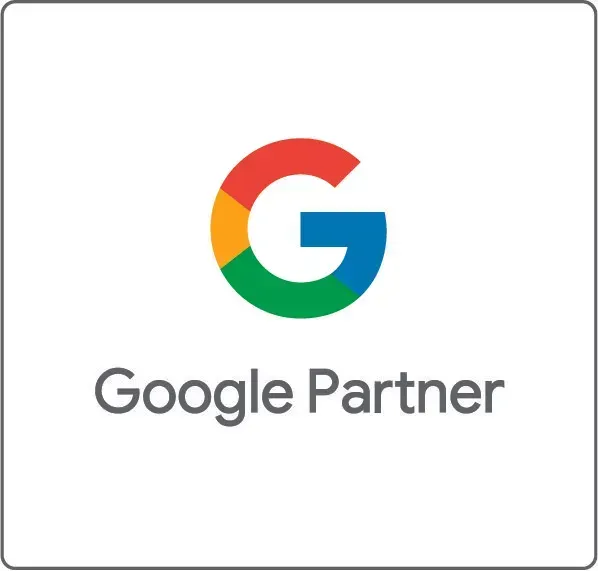Generative Engine Optimization (GEO): How to Get Found in AI Search Results

Generative search is changing how a growing number of people access information online. Instead of scrolling through pages of links, about 20 percent of American searchers are now asking questions directly to engines like ChatGPT, Bing Copilot, Gemini or Perplexity to get conversational answers written by AI. Those answers are built with information from thousands of web pages, including yours.
It’s important to recognize the difference between users who try generative AI tools and those who use them exclusively for search purposes. The vast majority of searchers, 95 percent by recent measures, still use traditional search monthly, and Google continues to dominate market share. But as AI tools improve, the ratio of American searchers categorized as heavy AI users will likely increase.
That shift makes many business owners uneasy. Years of investment in SEO are suddenly competing with a new layer of search where users might never click through to your site. What should (or can) you do about it?
The Primary Concern: When AI Uses Your Knowledge Without the Click
Generative engines work by aggregating facts and phrases from multiple online sources, merging them into cohesive summaries. The result can feel like your expertise has been stolen without credit or traffic.
Increased generative AI tool adoption is already resulting in measurable drops in visits, particularly in industries where searchers are turning to AI frequently.
Losing those visitors is a real concern for businesses that rely on lead-generation pages or blog-driven conversions. The frustration is understandable, but being cited as a trustworthy source is better than ceding that space entirely to your competitors.
When an AI system paraphrases your explanation or includes your brand as a cited source, it reinforces authority at the very moment a potential customer is evaluating options. Good GEO can turn that exposure into an advantage by making your content easier for AI to identify, attribute and reuse accurately.
How Generative Engines Decide What to Include
Unlike traditional search algorithms that rank links, generative engines prioritize clarity, trust and context. They decide what to include based on signals such as:
- Factual accuracy and consistency across your site and other trusted domains.
- Structured schema and clear entity relationships that define who you are, what you do and where you operate.
- Recency of updates and metadata indicating your content reflects the latest information.
- Reputation and authority alignment that matches your content to the broader consensus from reliable sources.
Generative engines reward the same qualities that make information easy for humans to read: clarity, structure and credibility. The difference is that machines now do the reading first.
How to Implement GEO for Your Business
Strengthen Entity and Schema Markup
Use structured data like Organization, LocalBusiness and Product schema to define your services and coverage areas. Link to verified profiles, directories and citations so AI systems can confirm your legitimacy.
Write in Question-Based, Contextual Formats
Phrase headings and subheads the way real users ask questions. FAQs and page content in a “How much does X cost?” or “What is the difference between Y and Z?” format is an easy and impactful optimization. Generative systems rely on natural language mapping to pair user prompts with relevant source phrasing.
Maintain Factual and Tonal Consistency
Ensure your business name, services and claims are described the same way across your website, listings and press mentions. LLMs build understanding from repetition and alignment. Contradictions between pages weaken that signal.
Refresh and Refactor Content Frequently
AI engines give preference to new or recently updated pages. Refactoring an existing article is as easy as adding new statistics, revising publication dates or updating examples. Although it can be labor-intensive to do this across dozens or hundreds of pages, periodic refreshing can reestablish visibility in generative summaries.
Cross-Validate Brand Mentions
Keep your messaging consistent across all sources that AI tools crawl. Updating Google Business Profiles, social pages and industry directories helps reinforce data accuracy when LLMs synthesize your brand’s identity.
Measuring GEO Success
Direct analytics from generative engines is limited, but performance can still be monitored through SEMrush and similar SEO platforms. Within SEMrush, you can track:
- Visibility trends for AI-integrated search features and answer boxes
- Keyword movement for terms that now trigger generative or conversational results
- Brand impression growth within AI-powered SERPs
These metrics reflect visibility trajectory rather than raw click volume. Over time, consistent upward trends indicate that AI systems recognize your brand as a reliable source worth citing or referencing.
Why GEO Complements SEO and AEO, Not Replaces Them
GEO isn’t a replacement for SEO or Answer Engine Optimization, at least not yet. As long as a minority of users are turning to generative AI to find information about your industry, or a local business to meet their needs, GEO will remain just one part of the optimization equation.
All three can coexist on the same page. You can have keyword-rich, schema-enhanced and AI-readable content simultaneously. The overlap strengthens your position across all forms of search.
Turning Generative Search Into an Asset in 2026 and Beyond
AI search isn’t a passing phase. Generative results already influence purchase decisions and brand perception, even when no click occurs. Businesses that adapt early will control how AI systems interpret and present their expertise.
If you’re worried about declining traffic due to answer engines and generative AI tools, contact our team at REV77 for a free digital marketing audit.





